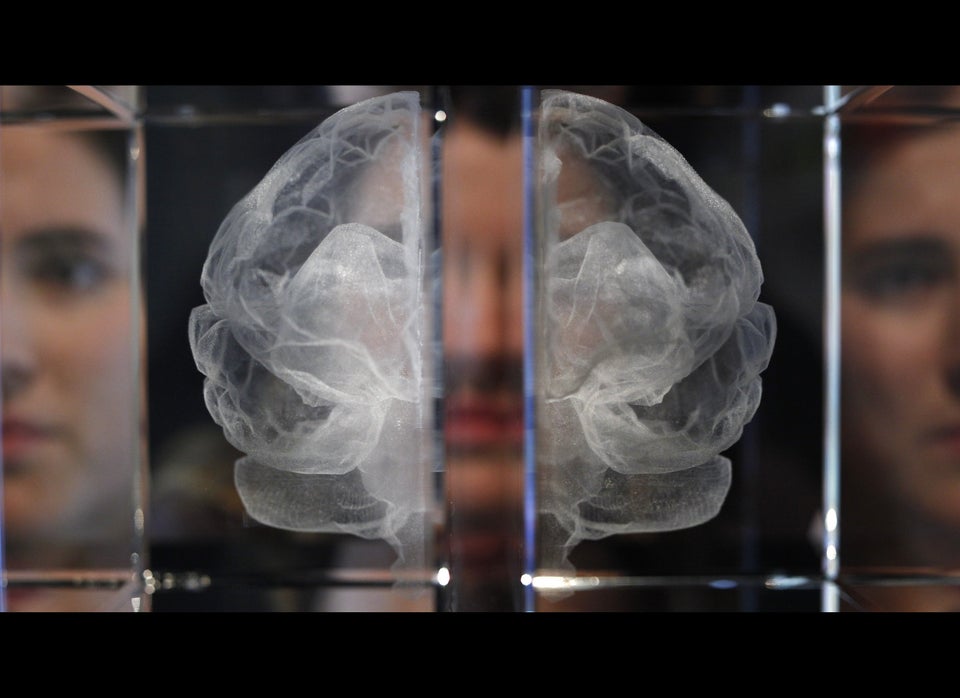Researchers have for the first time imaged all of the neurons firing in a living organism, the nematode worm Caenorhabditis elegans. The achievement, reported today in Nature Methods shows how signals travel through the body in real time.
Scientists mapped the connections among all 302 of the nematode's neurons in 1986 — a first that has not been repeated with any other organism. But this wiring diagram, or 'connectome', does not allow researchers to determine the neuronal pathways that lead to a particular action. Nor does it allow researchers to predict what the nematode will do at any point in time, says neuroscientist Alipasha Vaziri of the University of Vienna. By providing a means of displaying signaling activity between neurons in three dimensions and in real-time, the new technique should allow scientists to do both.
Vaziri and his colleagues engineered C. elegans so that when a neuron fires and calcium ions pass through its cell membranes, the neuron lights up. To capture those signals, they imaged the whole worm using a technique called light-field deconvolution microscopy, which combines images from a set of tiny lenses and analyses them using an algorithm to give a high-resolution three-dimensional image. The researchers took as many as 50 images per second of the entire worm, enabling them to watch the neurons firing in the brain, ventral cord, and tail (see video).
From worms to fish
Next, the group applied the technique to the transparent larvae of the zebrafish (Danio rerio), imaging the entire brain as the fish responded to the odors of chemicals pumped into their water. They were able to capture the activity of about 5,000 neurons simultaneously (the zebrafish has about 100,000 total neurons).
“The connectome and activity are entirely complementary. You're not going to understand the nervous system by observing one or the other,” says Misha Ahrens, a neurobiologist at the Howard Hughes Medical Institute's Janelia Farm Research Campus in Ashburn, Virginia. Mapping how signals travel between neurons in conjunction with the connectome map will allow researchers to pinpoint the role of each individual cell. “There are no hidden variables anymore,” he says.
Last year, Ahrens’ group imaged the activity of an entire zebrafish brain using a microscopy technique that sends a sheet of light through the animal’s tissue. The new technique is much faster; it can allow researchers to take 100 times more images per second although it cannot show the activity of as many neurons simultaneously.
Neurobiologist and co-author Edward Boyden of the Massachusetts Institute of Technology in Cambridge says the next step is to use the technique to determine, and then to model, how neurons will respond to certain stimuli. He also wants to improve the technique's speed and resolution in order to image larger tissues such as mammalian brains.
This story originally appeared in Nature News.
